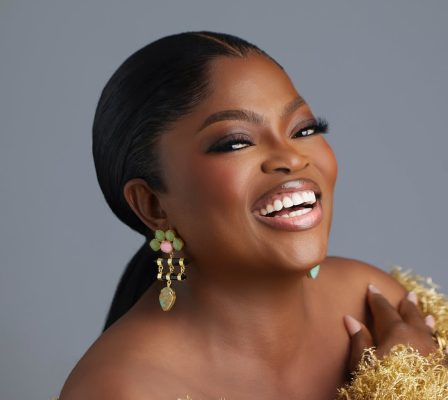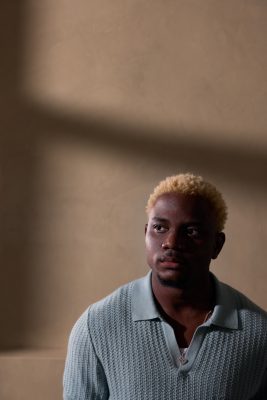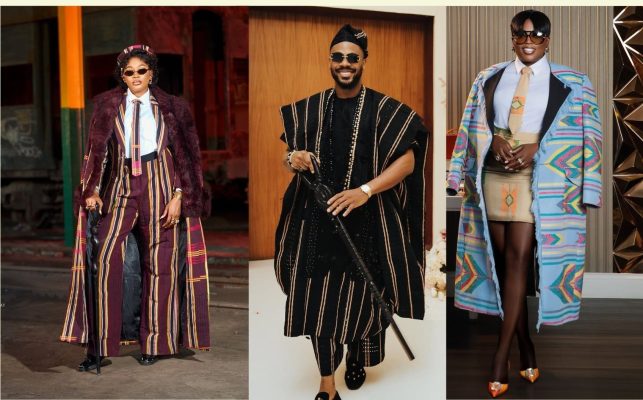When you walk into a government building in most parts of the world, whether a courthouse in Washington D.C. or the Parliament in London, you are greeted not just by architecture, but by art.
These works tell stories of people, history, aspiration, and shared identity. In Nigeria, such gestures remain rare. Yet the moment is ripe for change. As new public buildings rise in Abuja and Lagos, the opportunity to root them in the cultural soul of the nation has never been more urgent.
Traditional Nigerian art was primarily functional: tied to spiritual, social, and cultural life. However, the disruptions of colonialism severed that continuity, as what was once venerated as sacred or communal was dismissed as “fetish.” Today, many of our most iconic traditional works sit in glass vitrines in European and American museums.
This pattern extended into the modern era. Nigeria’s modern and contemporary artists were often collected by diplomats, tourists, and expatriates. Many artists cannot trace the whereabouts of their most important early works. Worse still, Nigeria lacks a single public collection that tells the story of its artistic evolution.
There is, of course, a thriving private market. Over the past forty years, passionate collectors have preserved important works. But those collections are often behind closed doors, inaccessible to students, scholars, or the general public. This is where government and corporate institutions have a critical role to play.
Public art in civic buildings does more than beautify. It educates, dignifies, and preserves collective memory. A sculpture in a courthouse or a painting in a ministry becomes a silent custodian of national identity. It says something about who we are, what we value, and how we imagine ourselves. It invites the public, not just the elite, into a shared cultural experience.
In 1964, the Electricity Corporation of Nigeria commissioned Ben Enwonwu’s towering depiction of Sango, a landmark public sculpture that once stood in the NEPA headquarters in Lagos. In the 1970s, the National Theatre in Lagos was adorned with bas-reliefs and murals by artists like Erhabor Emokpae and Bruce Onobrakpeya, embedding art into the architecture of national pride. Even federal universities like the University of Ibadan and Ahmadu Bello University integrated murals, stained glass, and monumental works by the all-important Zaria Art Society. These examples show that Nigerian public buildings have, at times, honoured culture as part of statecraft, but they remain isolated exceptions and not the norm.
In the 90s, Chartered Bank and GTBank collected works that now form part of Nigeria’s artistic canon. More recently, Access Bank has made significant strides. These are not just acts of corporate patronage; they are acts of preservation. At Adegbola Art Projects, we have had the privilege of contributing to this movement. Earlier this year, we collaborated with Nigerian architects, designers and artists to transform a public park in Lagos for a multinational company. The response from the community has been overwhelming, revealing a hunger for accessible, meaningful visual culture in public life.
With Nigeria turning 65 in 2025, the time to act is now. Our government institutions, from the Federal Inland Revenue Service (FIRS) to the National Assembly and Central Bank, must become stewards of cultural memory. By commissioning and collecting works from artists across Nigeria’s regions, religions, and generations, these institutions can lead a national reawakening.
Art should not be confined to museums and private collections. It belongs in halls of power, spaces of service, and buildings where the public goes about its daily life. Government buildings, especially new ones, should aspire not only to functionality but to cultural resonance. They should speak to the people they serve.
This means thinking beyond decoration. It means commissioning with intention. It means documenting and preserving with rigour. And it means partnering with curators, collectors, and scholars who understand the stakes and who can build collections that outlive the buildings themselves.
We have the artists. We have the stories. What we need is institutional will and visionary leadership.
As we mark 65 years of independence, what better way to honour Nigeria’s journey than to place our art at the heart of our public spaces? What better way to show pride in our nation than to surround ourselves with the creativity, complexity, and beauty of our people?
Art in public buildings is not a luxury. It is an investment in memory, in education, and in legacy. It is time to curate the Nigeria we want our children to inherit — one wall, one floor, one building at a time.








